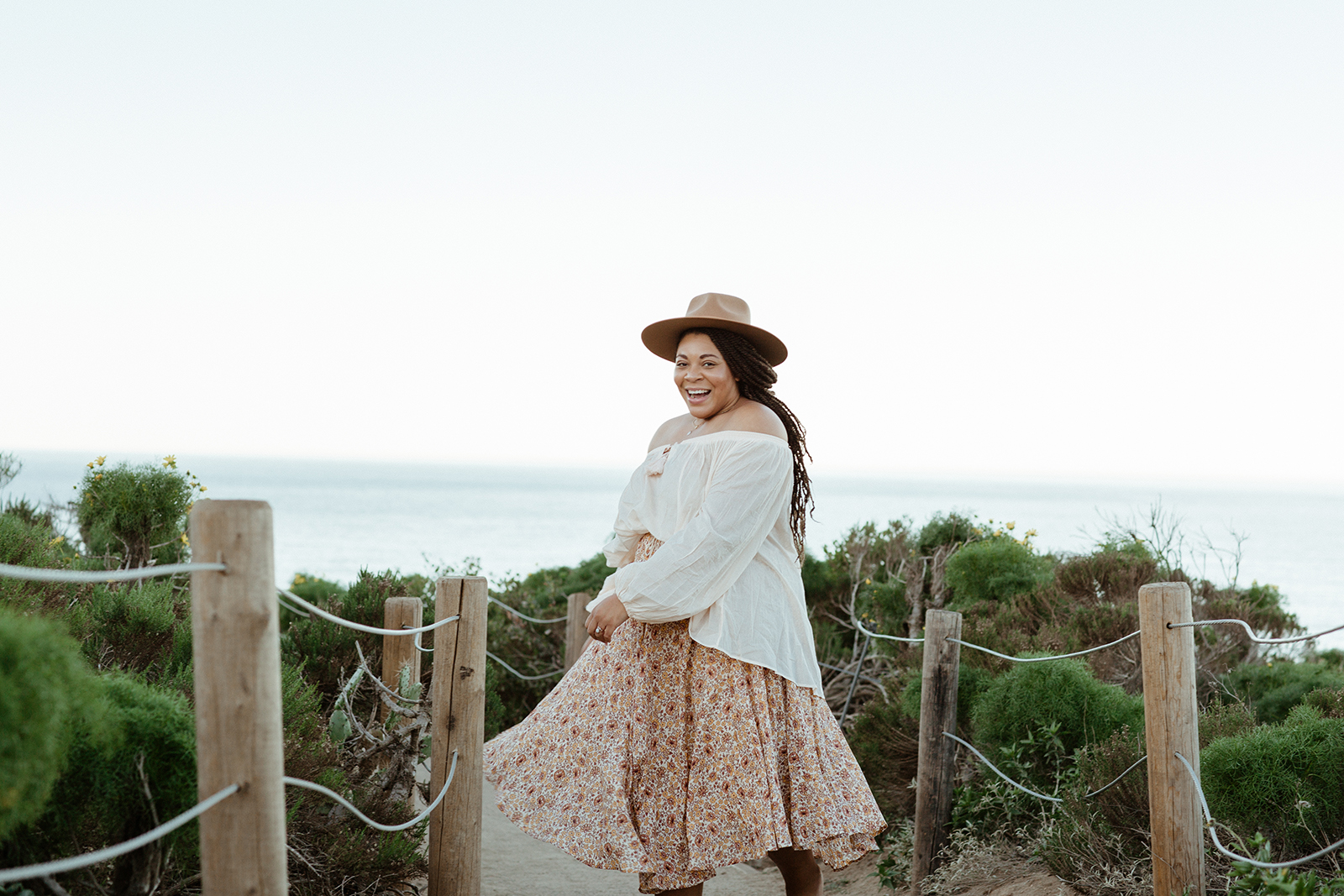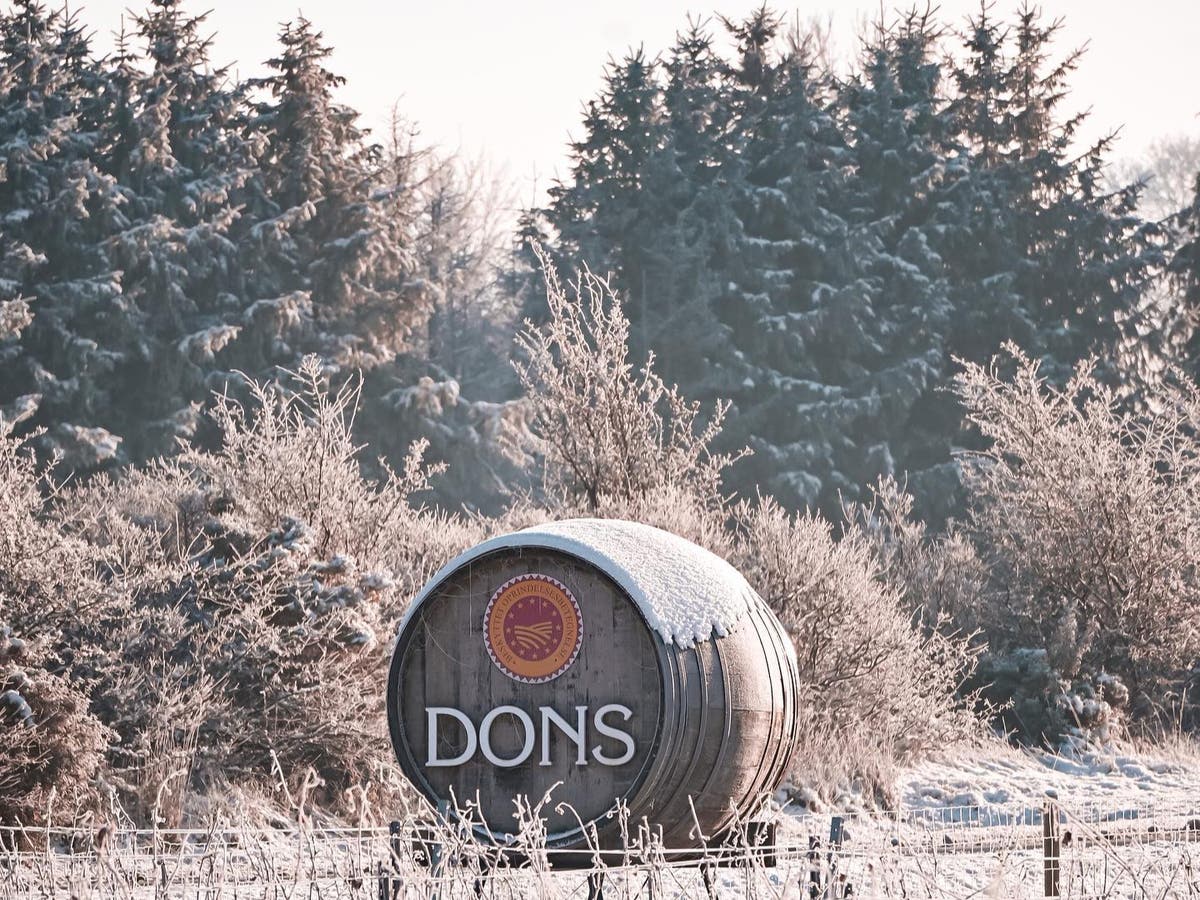Australian tourist town declares three-day curfew after spate of violence
Alice Springs, gateway to tourist attractions such as the Uluru monolith, witnessed series of violent assaults and mass brawl over weekend

Support truly
independent journalism
Our mission is to deliver unbiased, fact-based reporting that holds power to account and exposes the truth.
Whether $5 or $50, every contribution counts.
Support us to deliver journalism without an agenda.

Australian police have imposed three nights of curfew on the popular tourist town of Alice Springs after a series of violent assaults and a brawl involving 80 people.
One of the alleged assaults targeted four off-duty officers who were walking home. It was not immediately known if the offenders identified them as police, Northern Territory police commissioner Michael Murphy told reporters.
The curfew would act as a “pressure-relief valve” and improve the safety of the community, said chief minister Eva Lawler.
“I love Alice Springs but the offending and behaviour we have seen over the last 96 hours will not be tolerated,” she said.
“We want to stamp out this poor behaviour,” Ms Lawler told reporters. “The curfew will provide police extra powers to get on top of the situation.”
It was not a “political” decision, she said, and was made for the safety of the town’s residents.
Mr Murphy said the violence over the weekend contributed to "significant harm and civil disturbances" and was the reason for the decision to impose the curfew, which would be in place from 10pm to 6am.
“The intent of this declaration is to disrupt the behaviours associated with the harm we’re seeing in Alice Springs,” he said. “It applies to all classes of people, it will apply to adults and it will apply to youths.”
New laws introduced in May empower the police commissioner to impose a lockdown for three days – and then ask for the government for an extension – to control any violent incidents.
"If I believe an extension is required I will put that in writing, about the reasons why I think that should occur," the police chief said.
A police officer was allegedly run down by a vehicle and suffered arm and leg fracture over the weekend.
A group of local officials was assaulted on Saturday when they tried to contain “large-scale disturbance” involving around 80 people.
“That subsequently led to the assault of four off-duty police who were walking home,” Mr Murphy said.
The officers, a man and three women, were attacked by a group of about 20 young men.
While one of the female officers was pulled to the ground and had her purse stolen, another was punched in the face and kicked before her mobile was stolen.
The officers reported the assault to police after returning to their accommodation.
In a separate incident, police charged a man in the alleged stabbing of a 42-year-old woman on Sunday.
Community leaders have long identified alcohol abuse as a major factor behind violence in the town.
The curfew would be enforced "in the confines between Anzac Hill, Schwarz Crescent, down to the hospital, from the Stuart Highway across to Leichhardt and Stott Terrace", Mr Murphy said.
"Anybody into the zone can be engaged by police, and they can be asked to leave," he said.
"Or alternatively, they can be asked to stay if there’s another disturbance and they need to be contained for their own safety. A failure to abide to a request by police can lead to an offence, and it can lead to an infringement notice or an arrest."
People can still enter the designated area during curfew hours if they are fleeing domestic violence, visiting family, travelling to care for someone, going to work or going to fast food restaurants, said Mr Murphy.
Alice Springs was put under a two-week curfew in March after a mass brawl involving 150 people, but it was enforced for only those under 18 years of age.
Alice Springs, a remote town in Australia’s vast outback region some 2,000km northwest of Sydney, is the gateway to major tourist attractions, including the giant red sandstone monolith of Uluru, formerly known as Ayers Rock.
Around a fifth of the town’s population are Indigenous Australians, who have been marginalised since the continent was colonised by Britain in the late 18th century.
Additional reporting by agencies

 Lynk
Lynk 






























